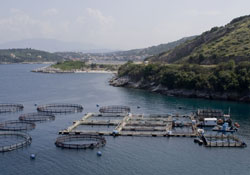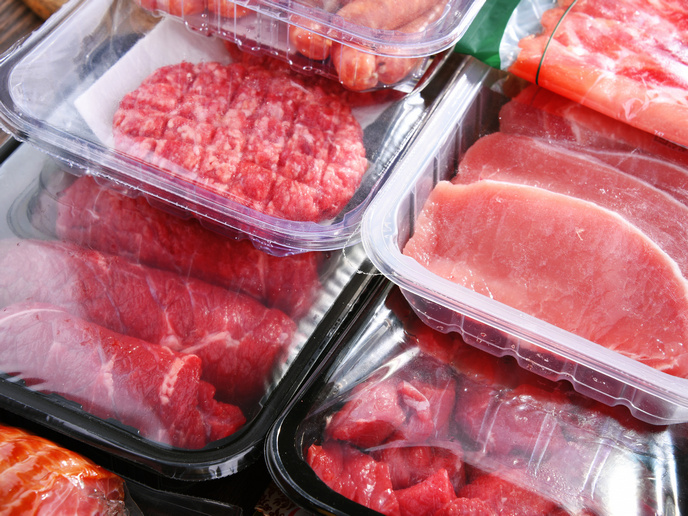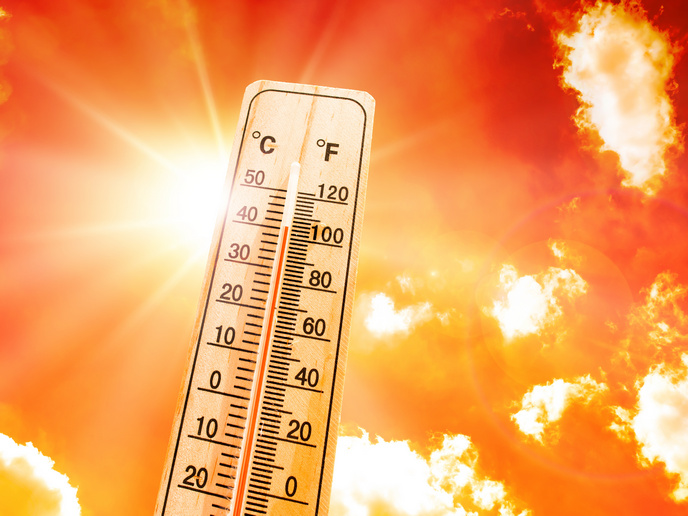CO2 sensors that don't mind getting wet
Half of the fish on our plate come from fish farms. Europe is an important player in this highly competitive industry. The greenhouse gas emissions associated with climate change present a possible risk to the future of aquaculture. However, it is not known how fish will respond to rising concentrations of dissolved carbon dioxide (CO2) in our oceans and lakes. The aim of the 'Development of an opto-chemical carbon dioxide sensor for aquaculture and oceanography applications' (Optoco2fish) project was to investigate the potential impact of increased CO2 concentrations on fish health. EU funding was also put towards developing a sensor capable of accurately detecting CO2 dissolved in seawater. The various species of fish common to aquaculture were exposed to elevated levels of CO2, a condition known as hypercapnia. While brief exposure had limited effects, extended periods of exposure severely impaired the fish, often with fatal results. As a consequence of this vulnerability, a measurement campaign was initiated. The goal was to determine how dissolved CO2 concentrations vary between different aquaculture models, such as cages, ponds and flow-through systems, and fish species. High risk combinations have been identified. With respect to delivering an online CO2 sensor capable of surviving in saltwater, the Optoco2fish team focused its efforts on sensitive membranes. Experiments have been conducted with different combinations of dyes, polymer matrixes and protective coatings. The most promising candidates have been selected for field tests. Manufacturing and calibration issues must also be resolved in order for the sensor to be a viable solution for fish farmers looking to continuously monitor CO2. Oceanographers will also be interested in such a sensor for studying the effects of climate change on the Earth's oceans.







